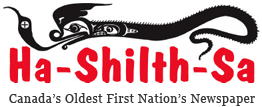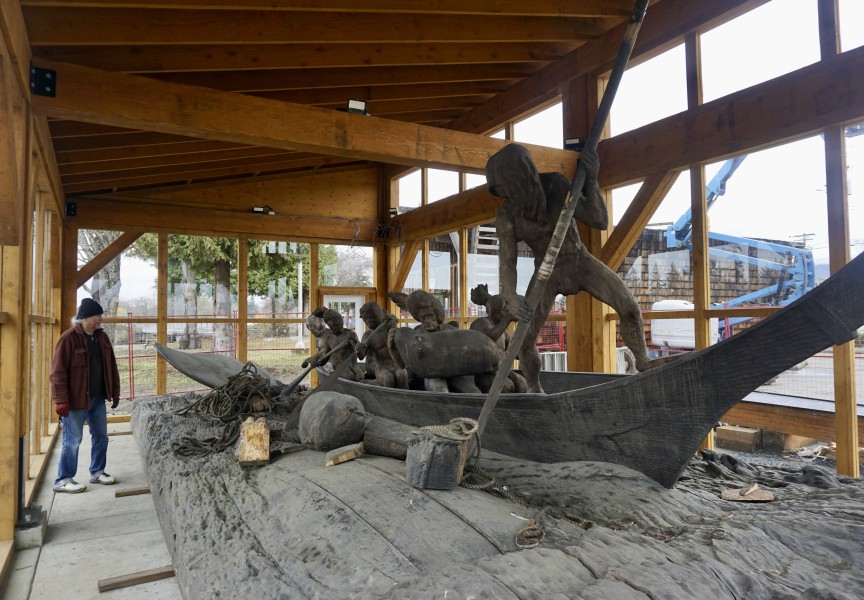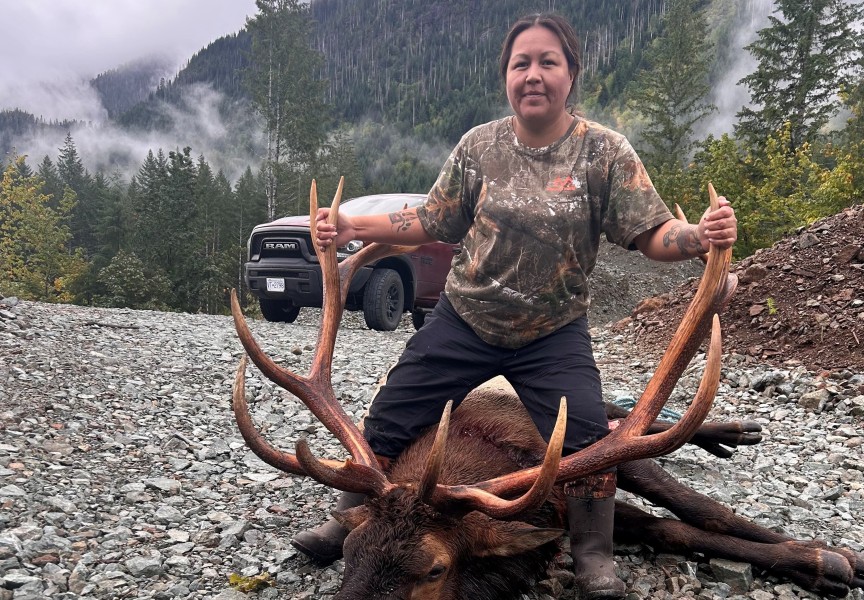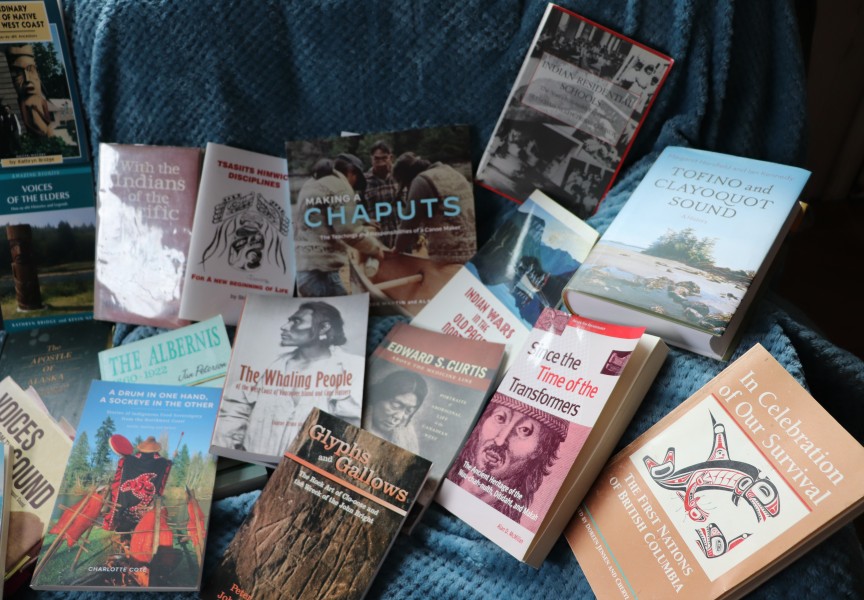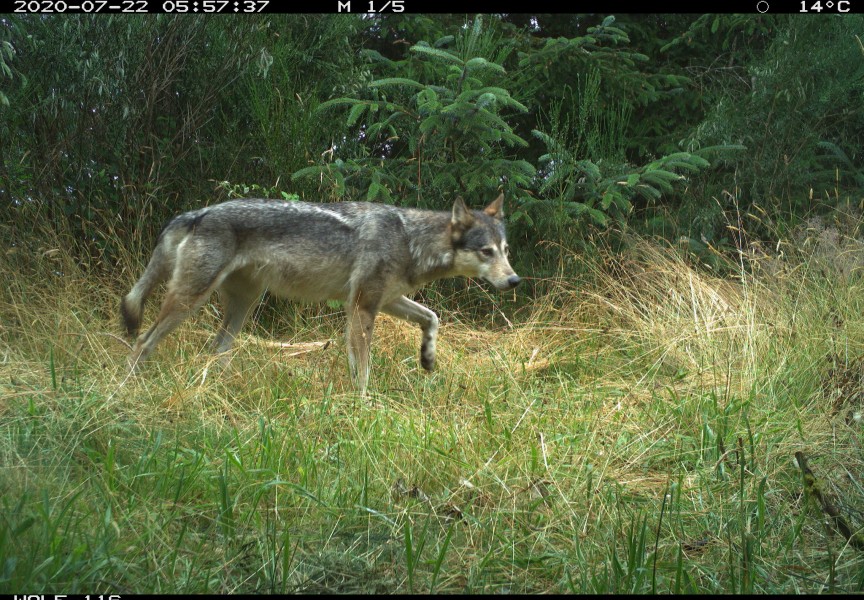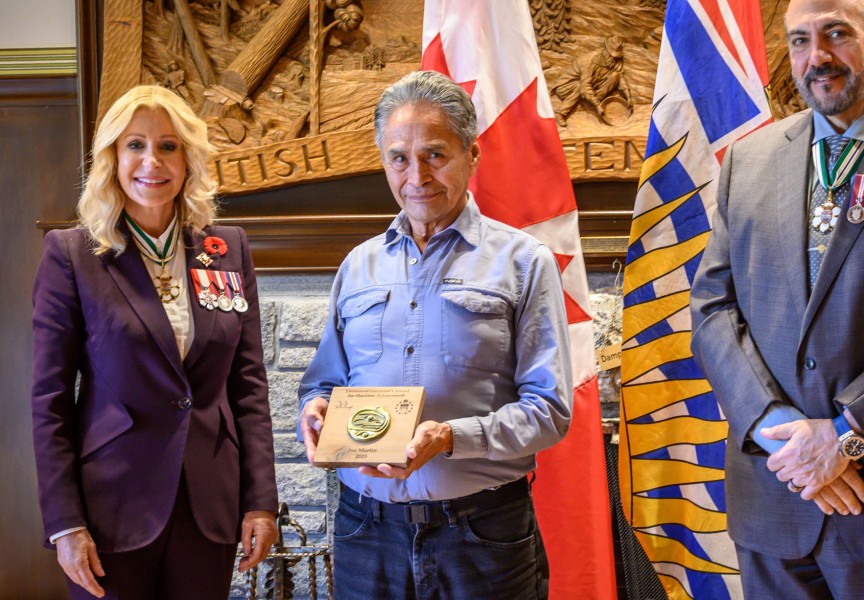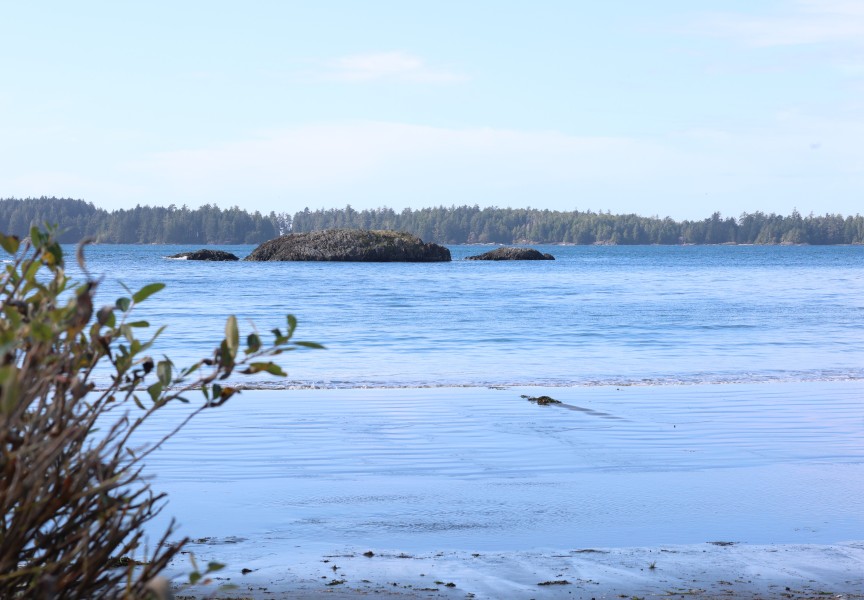A pair of carved wooden masks that have been sitting in storage at a California university have finally returned home. A small delegation from Yuułuʔitʔatḥ (Ucluelet First Nation) arrived at the University of California, San Francisco (UCSF) on May 20 to pick up the precious cargo.
It was in April 2024 when Ha-Shilth-Sa Newspaper shared the story of the masks and UCSF’s desire to return the items, amongst others, to original owners where they can be identified.
A United States law called the Native American Graves Protection and Repatriation Act requires sacred items of Indigenous origin that are held or controlled by federal agencies or museums to be “returned to lineal descendants, Aboriginal tribes and Native Hawaiian organizations.”
Polina Ilieva of UCSF reached out to the Nuu-chah-nulth Tribal Council in early 2024 stating that there was limited information about the masks, but the university believed them to be of Nuu-chah-nulth origin.
“We believe they came from the land referred to today as Vancouver Island,” she wrote in an email to the NTC.
The masks were given to the UCSF in 2015 by Philip R. Lee, a former faculty member. Lee purchased them in 2003 from a gallery in New York called Alaska on Madison.
Some believe that the first mask was taken from a burial site on Nuu-chah-nulth land – possibly hundreds of years ago. There is little information available about the second mask, but it has writing on the back, indicating that it is a depiction of a wild man with the word ‘sasquatch’ in parentheses.
According to Carey Cunneyworth, director of Culture, Language & Heritage for Yuułuʔitʔatḥ, elders from their nation recognized some of the designs on the first mask and it is believed to belong to their nation. The mask is described as being made of red cedar with eye holes and a wooden stick nailed in for the wearer to bite on to hold the mask in place. It depicts a human face painted with red ochre, grey, blue and black paint.
The second mask is made of red cedar wood, bark and is painted with nails and a white feather attached. It is believed to be either a Nuu-chah-nulth or Kwakwaka̓wakw rendering of a sasquatch and was created around ̣1900.
Notes included with the masks say that they are ‘Nootka’ carvings and were taken by Spanish and English explorers as early as the 18th century.
Cunneyworth told Ha-Shilth-Sa that YFN welcomed the return of the burial mask with a community celebration. The mask will be on display in the community’s culture and heritage building in Hitacu.
Cunneyworth said their historians have not been able to confirm whether the first mask was taken from a Yuułuʔitʔatḥ grave, but they brought it home based on information from an elder who recognized the designs. He said YFN will hold the piece on behalf of all Nuu-chah-nulth-aht, and they welcome any additional information about it.
The second mask was delivered to the NTC main office in Port Alberni on May 29 by Cunneyworth, who said it was an honour to steward the masks back home.
NTC President Cloy-e-iss, Judith Sayers, and NTC Executive Director Florence Wylie were on hand to accept the mask from Cunneyworth, while Quuʔasa Wellness Worker Howard Morris performed a prayer chant.
Thanking him and YFN for taking on the responsibility of flying to San Francisco to pick up the masks, Cloy-e-iss said the masks are recognized as being the works of Nuu-chah-nulth artists and she hopes someday, with new information, that the pieces will be returned to their home communities.
Both YFN and the Nuu-chah-nulth Tribal Council have stated that they will put the masks on display. Florence Wylie said that a new display case will have to be made before the second mask can be put on display at the NTC.
